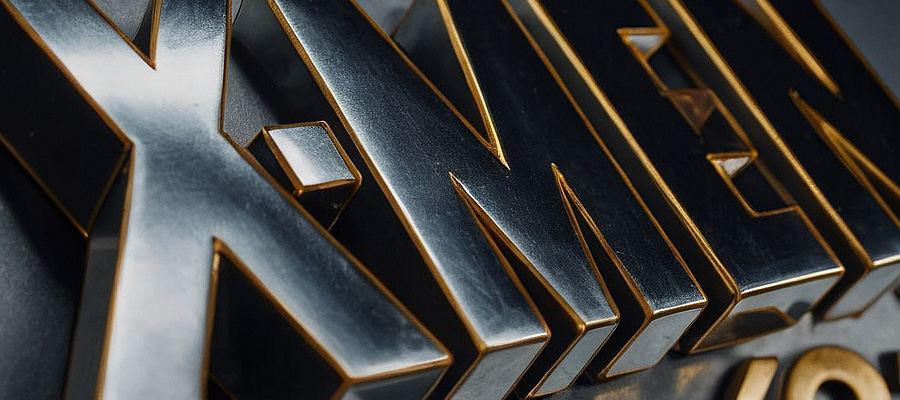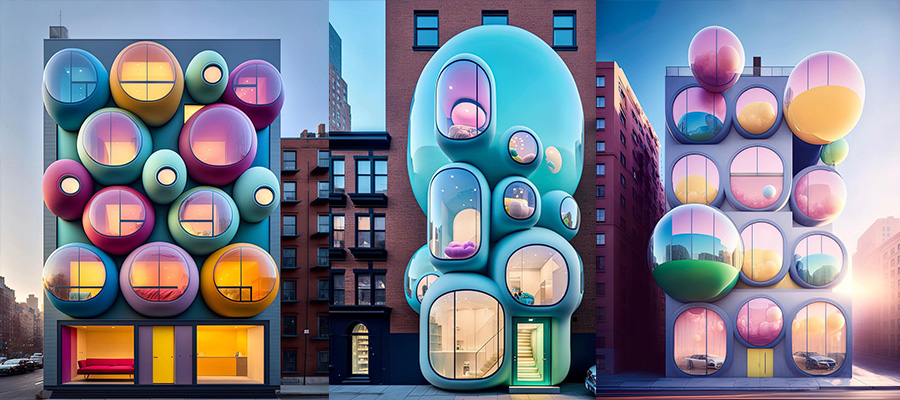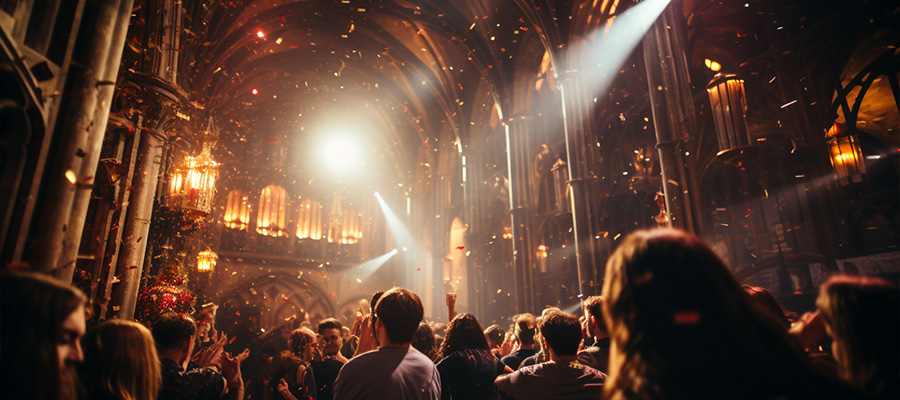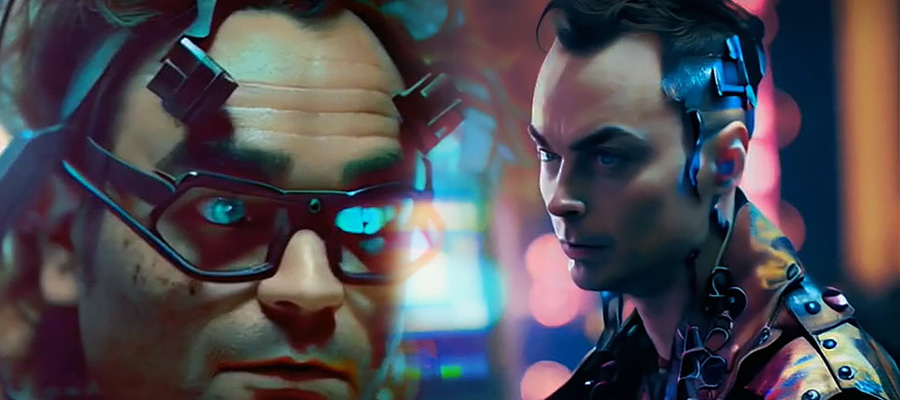Technology today loves making stuff just for you, and it's changing the game in how we get our digital kicks. In an era where personalization is paramount, technology is undergoing a transformative shift that will redefine how we interact with the digital world. Personal User Interfaces (personal U.I. or PUI) are emerging as the next frontier in creating deeply customized experiences that resonate with individual users. With the advent of artificial intelligence augmented reality (a.i.A.R.) through vision devices like smart glasses and smart lenses, PUIs are poised to revolutionize personal computing and the landscape of personalized advertising.
The Evolution of Personalization in Technology: Tech's Personal Touch Grows Up
Tech personalization isn't a fresh idea. Personalization in technology from customizing ringtones to setting up personalized home screens, users have always sought ways to make their devices reflect their individuality. However, the integration of cloud computing, artificial intelligence, and now augmented reality has elevated personalization to unprecedented levels. Services like Apple's iCloud seamlessly save and sync user preferences across devices, providing a consistent experience that feels uniquely personal.

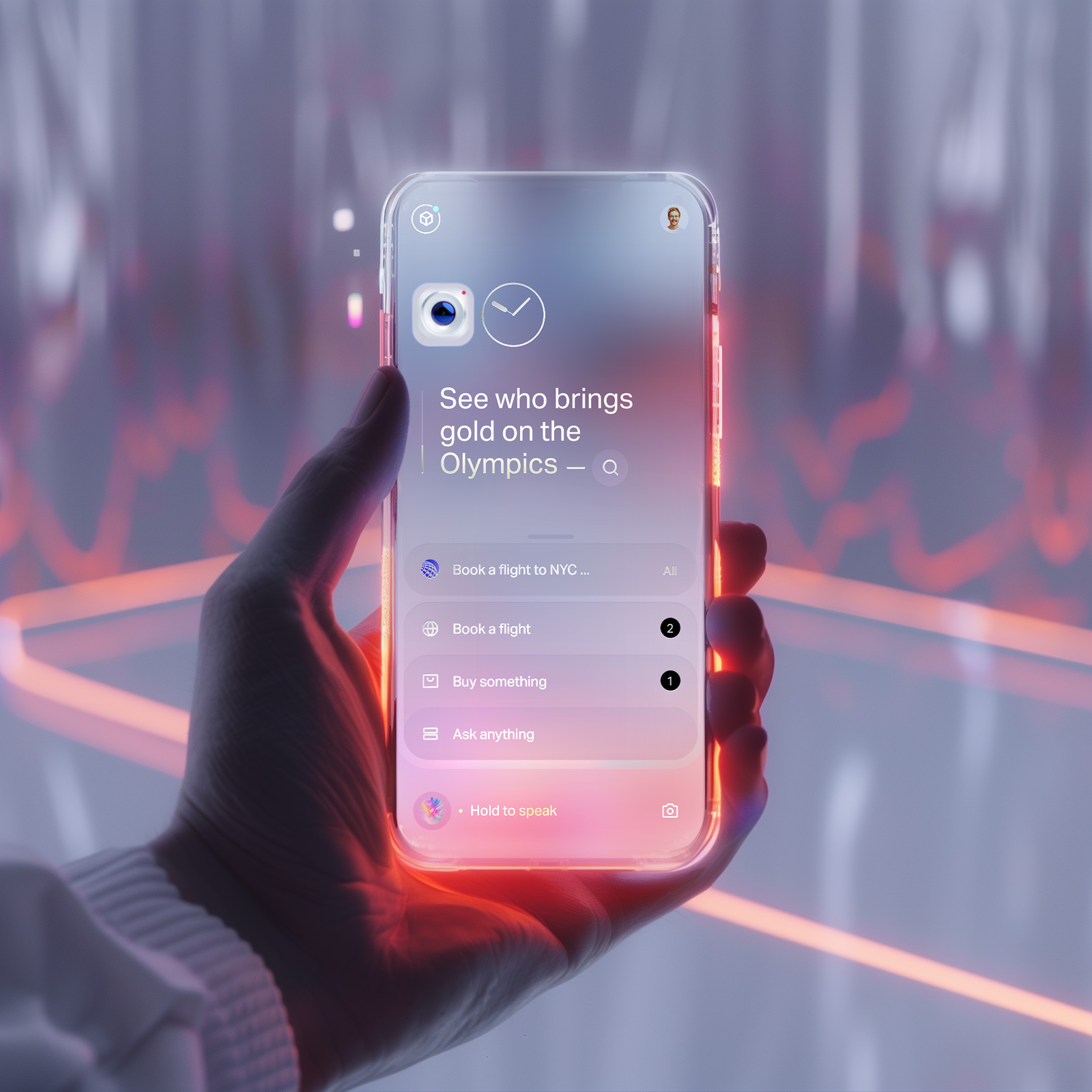
Beautiful home screen interfaces, Gleb Kuznetsov presents the Natural Home screen with Shortcuts, a UI series that adapts to ambient lighting by adjusting both intensity and color. This design creates a seamless connection between the digital environment and the physical world, exemplifying how PUIs can offer a personalized and immersive user experience. By tailoring the interface to the user's surroundings, it enhances usability and aesthetic appeal, aligning with the principles of functional beauty in UX design. Another innovative design concept is the "Glowing Home screen for Natural AI," which imagines a future OS with a Catching Light UI that adapts to the light around you. By matching the intensity and color of ambient light, this design creates a seamless vibe between the digital and real worlds, exemplifying how PUIs can offer a personalized and immersive user experience. Such designs highlight the importance of creating interfaces that not only look good but also enhance usability, aligning with the principles of functional beauty in UX design.
For designers aiming to create interfaces that truly resonate with users, understanding the importance of designing personas is crucial. By tailoring experiences to specific user types, designers can enhance engagement and satisfaction. Learn how to design personas for UX/UI design to create more effective and personalized interfaces.
Augmented Reality: A New Dimension of Interaction
Augmented reality, delivered through devices such as smart glasses and smart lenses, overlays digital information onto the real world, creating an immersive experience that blends the physical and virtual. Companies like Apple are investing heavily in AR technology, with products like Apple Vision signaling a significant push into this space. AR has the potential to revolutionize how we access information, communicate, and even perceive our environment.
In this context, new UI trends like neumorphism are gaining traction, offering a design approach that combines skeuomorphism and flat design to create interfaces that are both functional and aesthetically pleasing. Discover the neumorphism UI trend and how it's influencing the next generation of user interfaces.
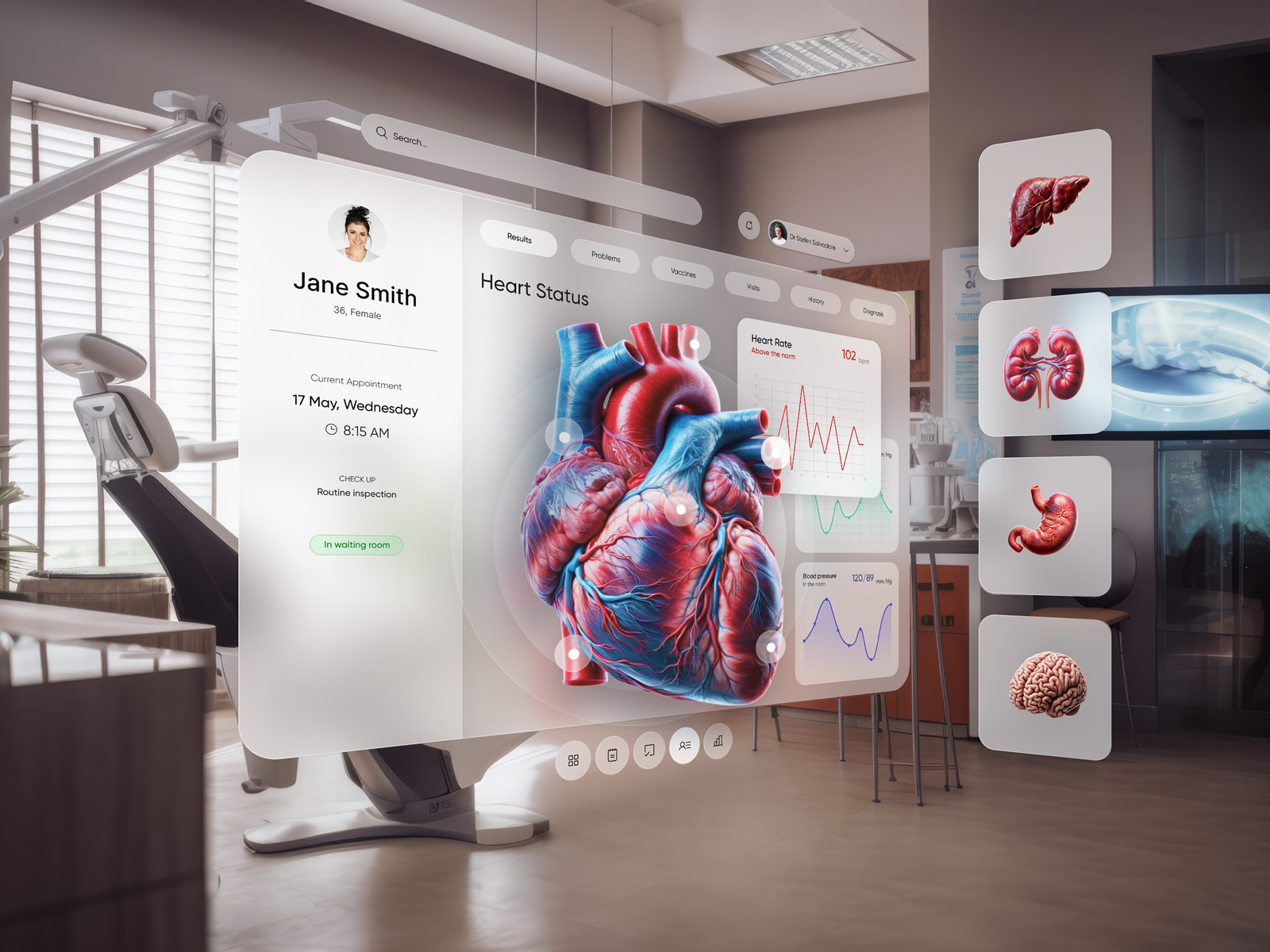
In healthcare, the "Health App AR Concept - Apple Vision Pro" by Aurelien Salomon explores how AR can revolutionize patient care. This concept allows doctors to visualize patient data in a more interactive and immersive way, improving the quality of care provided. By integrating PUIs in AR, healthcare professionals can access personalized information tailored to each patient's unique needs, enhancing decision-making and patient outcomes.
Augmented Reality Adds Personal Touch to User Interfaces
PUIs in AR take personalization to the next level by allowing users to design their digital overlays on the physical world. Imagine customizing how information appears in your field of vision, news updates, health metrics, navigation prompts, all tailored to your preferences. This level of control transforms the user experience, making technology feel like a natural extension of oneself.
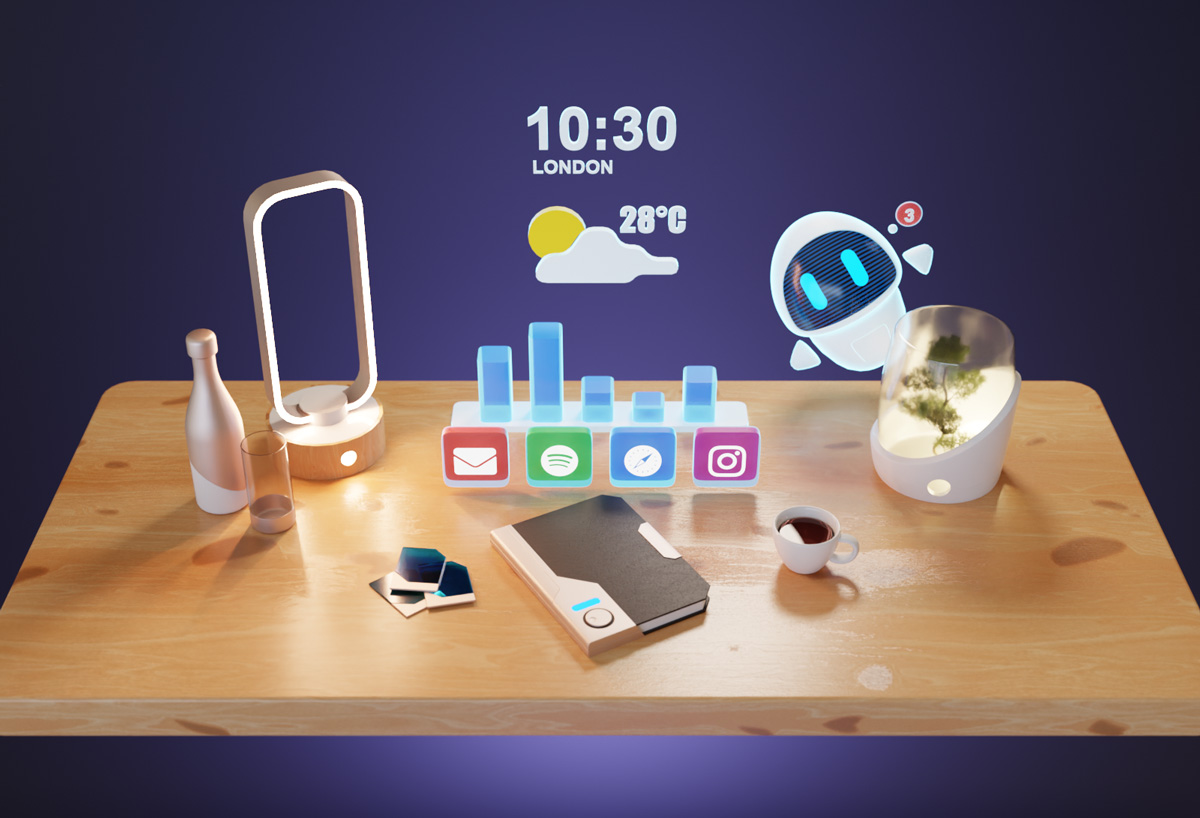
The "Virtual AR Desktop" concept by Roman Klco envisions a future where traditional screen devices are obsolete, and the entire world becomes your screen. This AR desktop concept, integrated with an AI assistant, illustrates the potential of PUIs in AR to transform personal computing. By providing a customizable and immersive workspace, it aligns with the trend of creating deeply personalized experiences that resonate with individual users.
To achieve this seamless integration, it's essential to understand the principles of functional beauty in UX design. By perfecting platforms that prioritize both form and function, designers can create interfaces that not only look good but also enhance usability. Understand functional beauty in UX design to elevate your PUI creations.
The Race to Define the Design Template: Hustling for the Top Design Blueprint
The company that cracks the code to a design blueprint winning over the crowd will grab the market's throne. Whoever succeeds in creating a design template that resonates with the masses will become the next big player in the stock market. Just as the graphical user interface (GUI) defined personal computing in the past, the PUI in AR will set the standard for future interactions. Companies are racing to establish this template, understanding that widespread adoption will not only drive market dominance but also significantly impact stock valuations.
Apple's entry into the AR space with Apple Vision exemplifies this strategic move. Leveraging their design expertise and ecosystem integration, Apple aims to set the standard for AR PUIs. If they succeed, they could redefine the market much like they did with the iPhone.

Revolutionizing Personalized Advertising: Sparking a Change in Tailor-Made Ads
For advertisers, PUIs in AR open a new horizon of possibilities:
- Contextual Relevance: Ads can be overlaid in the user's environment in ways that are contextually relevant and non-intrusive. For instance, while walking past a café, a personalized discount might appear in your visual field.
- Seamless Integration: Advertising content can be designed to match the user's customized interface, blending seamlessly with their preferred aesthetics and layouts.
- Enhanced Engagement: Immersive AR experiences can increase user engagement with advertising, making promotions more interactive and memorable.
How Saving Stuff in the Cloud Sync and Your Preferences is Super Key
Cloud technologies play a crucial role in enabling PUIs. They ensure that user preferences are saved and synced across devices, providing a seamless experience whether you're using your smartphone, tablet, or AR glasses. This continuity is essential in fostering user loyalty and satisfaction, as it eliminates the friction of reconfiguring settings on new or multiple devices.
Private Stuff and Thinking About What's Right
As PUIs become more integrated into our daily lives, especially through AR, privacy becomes a critical concern. Companies must prioritize data security and transparency, giving users control over their personal information. Ethical considerations around data collection and usage will be paramount in gaining and maintaining user trust.
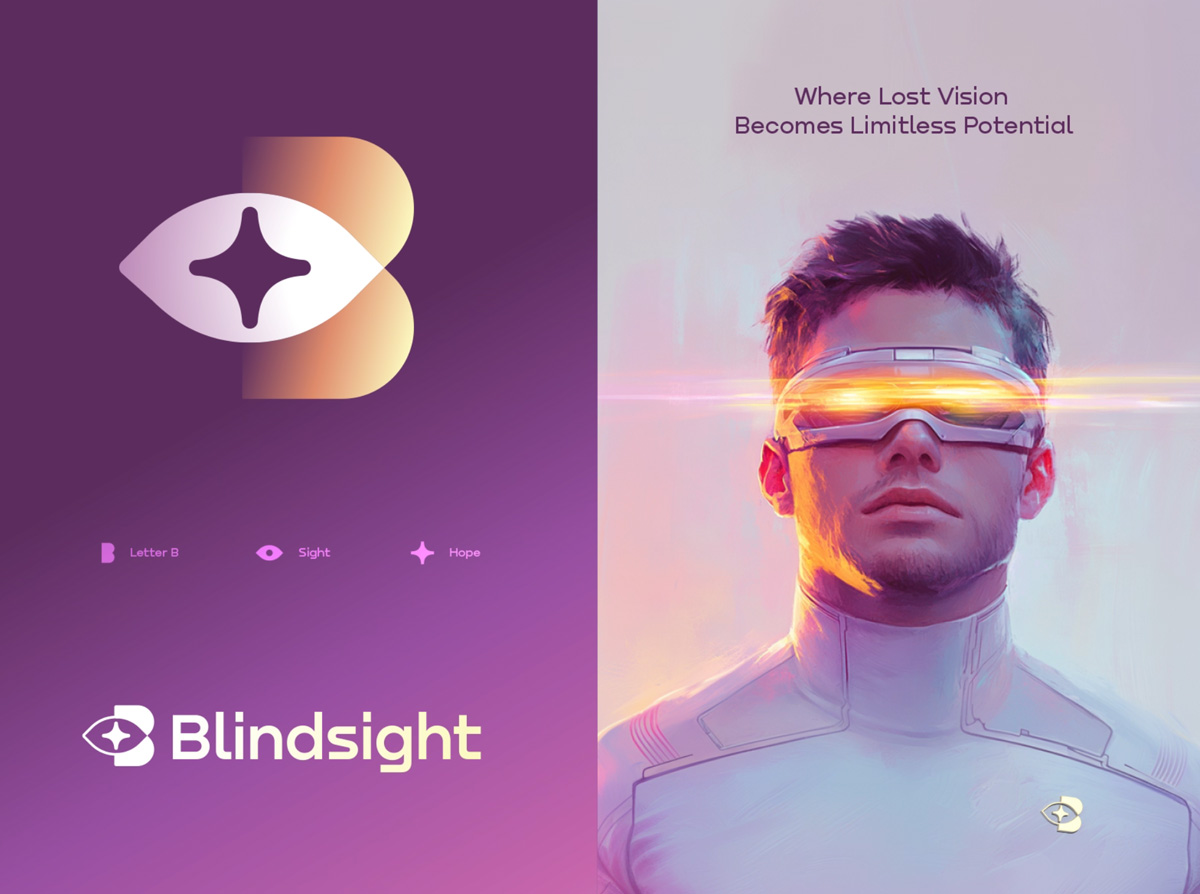
The "Blindsight Logo Concept" by Dmitry Lepisov draws inspiration from Neuralink's visionary device, Blindsight, which aims to enable the blind to see. This logo concept reflects the fusion of technology and human capability, embodying the essence of PUIs in AR that adapt to individual needs and preferences. Such designs underscore the importance of creating interfaces that resonate with users on a personal level, enhancing engagement and satisfaction.
Typography's Role in Enhanced User Experience: Big Part in Amping Up How Users Feel
An often-overlooked aspect of interface design is typography. In PUIs and AR, where information is overlaid onto the real world, clear and readable typography is essential. Good typography enhances readability and can significantly impact user engagement. Designers should prioritize typography in their interfaces to ensure information is conveyed effectively. Explore typography for UX/UI designers to learn how to make typographic choices that improve user experience.
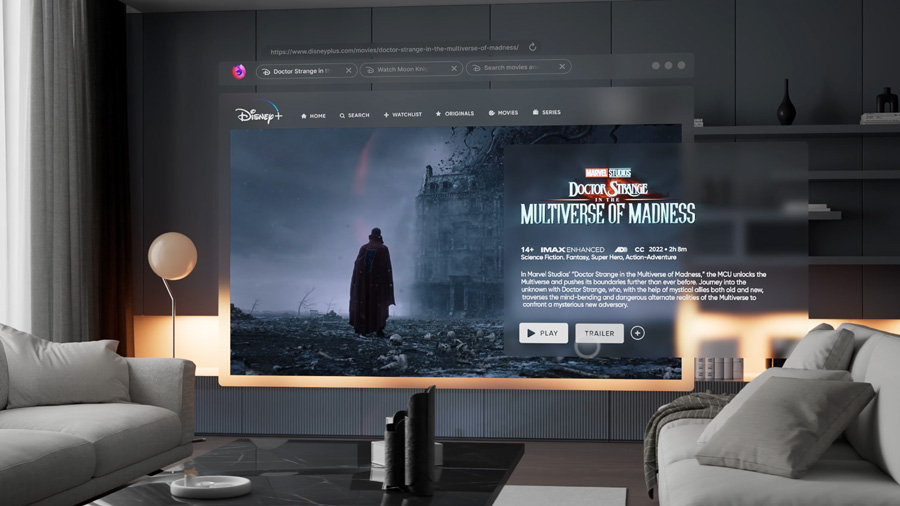
Similarly, the "IMDB spatial design trailer experience in Apple Vision Pro," created by Ramotion Future Labs, showcases how AR can enhance media consumption. In this concept, movie trailers on IMDB are augmented with AR visual effects that appear in the surrounding environment, supporting the movie's theme and providing an enriched viewing experience. This approach highlights the potential of PUIs in AR to offer personalized and contextually relevant content, thereby revolutionizing personalized advertising.
The Future Impact on Market and Industry
The integration of PUIs in AR is not just a technological advancement; it's a paradigm shift with significant market implications:
- Market Leaders Will Emerge: Companies that successfully establish the standard design template for PUIs in AR will likely see substantial growth in market share and stock value.
- New Business Models: The convergence of PUIs and AR will give rise to new business models centered around personalized content delivery and advertising.
- Industry Transformation: Sectors such as retail, entertainment, and education will be transformed as AR and PUIs change how consumers interact with products and services.
Some Conclusions
Personal User Interfaces represent the next significant leap in personalizing our interaction with technology, and augmented reality is the medium through which this transformation will occur. By allowing users to design their digital environments in the physical world, we not only enhance user satisfaction but also create new avenues for personalized advertising that respects and reflects individual preferences.
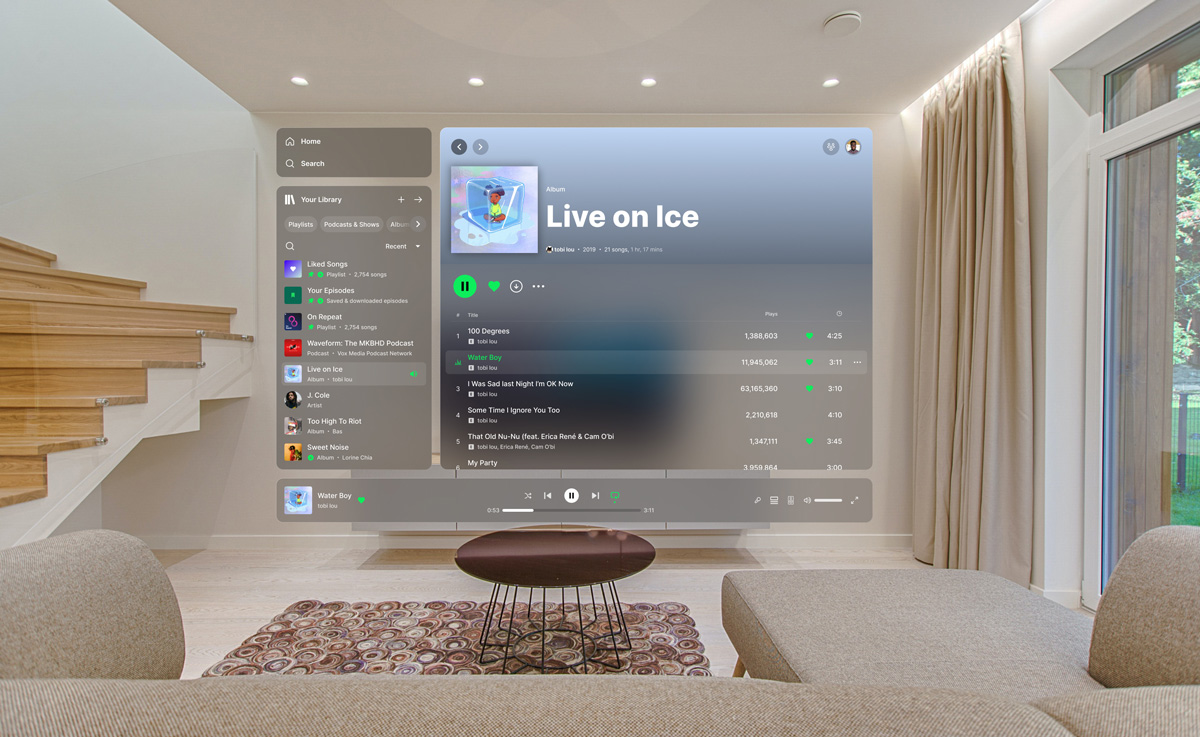
Designers are crafting innovative concepts that seamlessly integrate digital experiences into our physical world. One such concept is the "Spotify in Spatial Reality," envisioned by Joshua Oghenekaro Okwe. This design reimagines Spotify's interface within the Apple Vision Pro headset, offering a three-dimensional, immersive experience that adapts to the user's environment. By blending physical and digital realms, it exemplifies how PUIs can transform our interaction with technology, making it a natural extension of ourselves.
The race is on to establish the design template that will define PUIs in AR. Companies like Apple, with products like Apple Vision, are leading the charge. Whoever gets there first and resonates with users will not only shape the future of technology but also become the next big player in the market.
Embracing the Future
The fusion of PUIs and AR signifies a new era where technology becomes an invisible assistant, seamlessly integrated into our daily lives. It's not just about seeing digital information overlaid on reality; it's about experiencing a personalized digital world that adapts to us. This shift promises a future where technology enhances our perception, productivity, and pleasure in ways we've only imagined.
As we move forward, we can expect to see more innovative applications of AR in various fields. Popular AR apps like Snapchat, Google Lens, and Pokémon GO have already shown us the potential of AR in social media, visual search, and gaming. These applications demonstrate how AR can create interactive and immersive experiences on mobile devices, paving the way for more advanced AR interfaces in the future.
The onboarding process for AR applications will become increasingly important as the technology becomes more widespread. UX designers will need to focus on creating intuitive visual designs that guide users through the AR experience, ensuring a smooth transition between the physical and digital worlds.
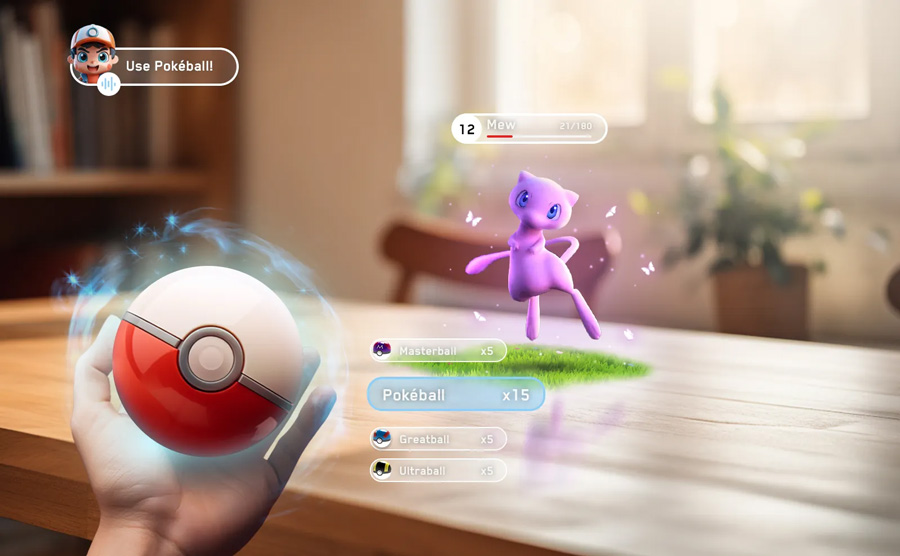

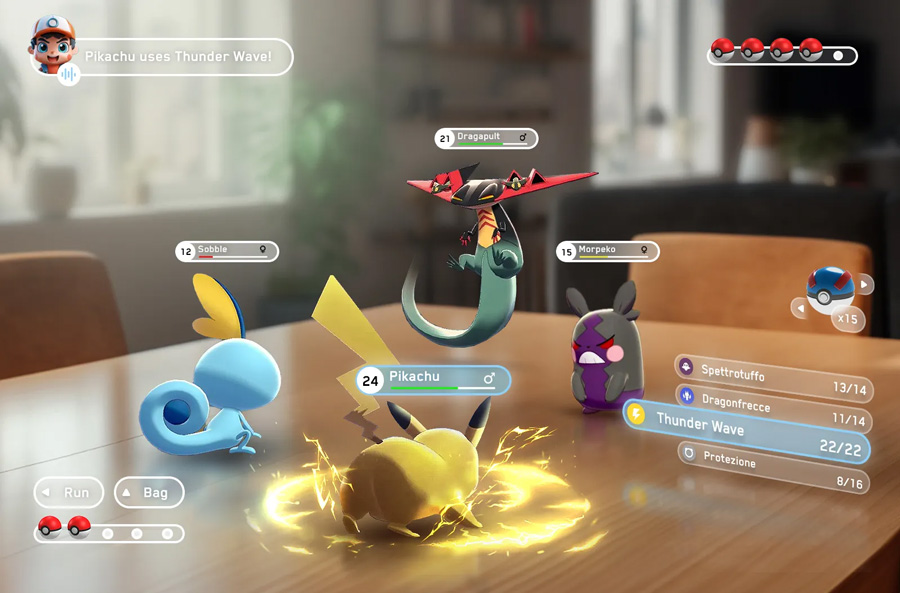
As AR technology advances, we can expect to see more sophisticated AI algorithms powering these experiences. These algorithms will enable hyper-personalization, allowing AR interfaces to adapt not only to user preferences but also to contextual awareness of the user's environment. This could include adjusting the visual hierarchy of information based on the user's current activity or incorporating audio elements to create a more immersive AR experience.
In conclusion, the future of UX design in AR is bright and full of possibilities. As AR designers and developers continue to push the boundaries of what's possible, we can look forward to a world where our digital and physical realities are seamlessly blended, creating truly personalized and immersive experiences for users across all aspects of their lives.
